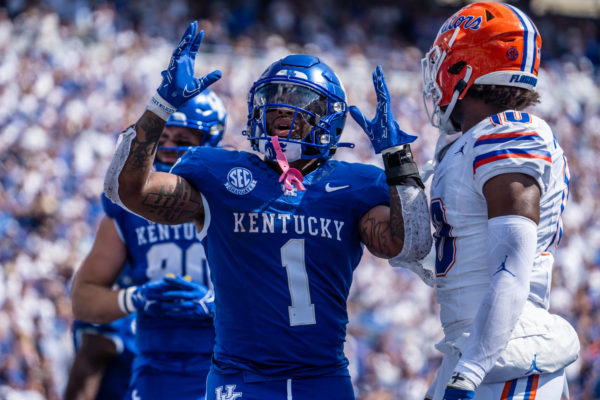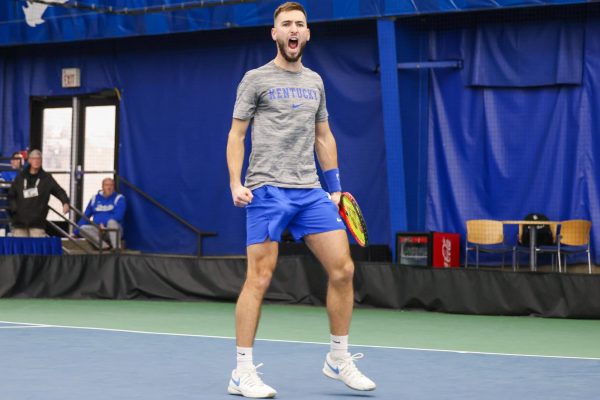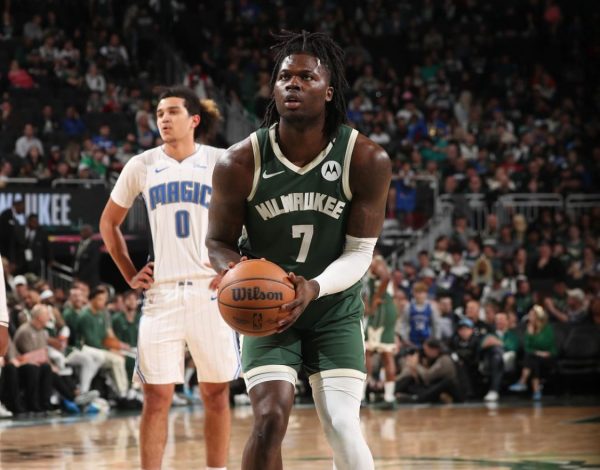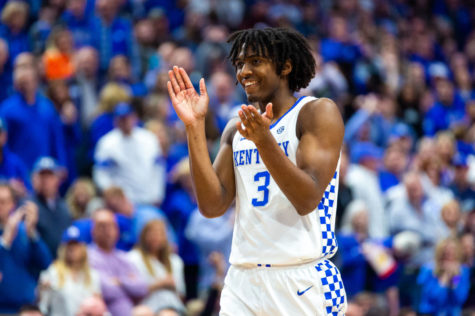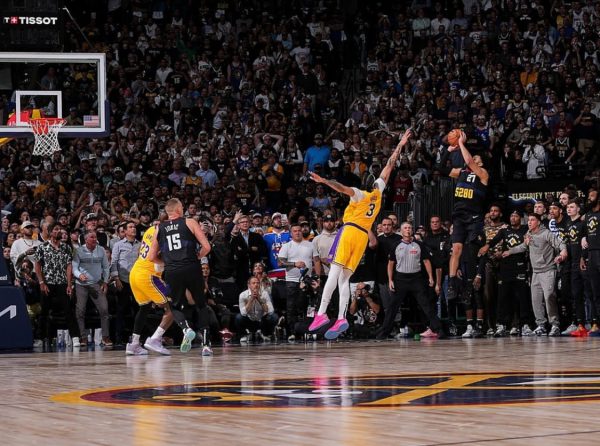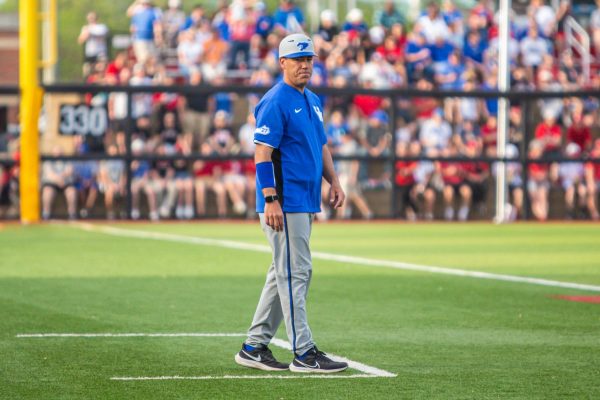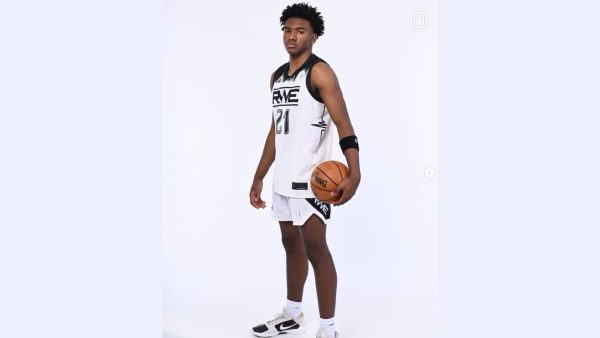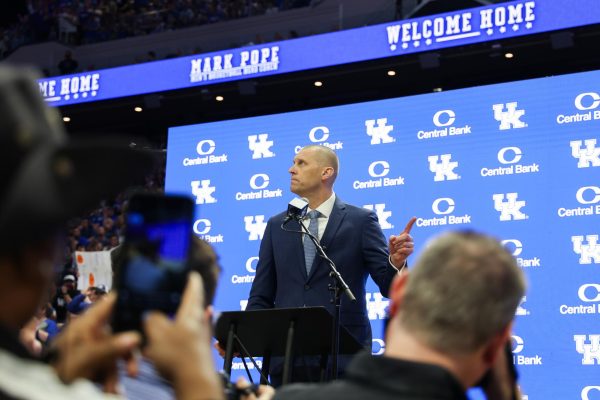Point guard battle depends on Harrison’s improvement
October 15, 2014
By Nick Gray
For 30 games last season, Andrew Harrison was more Ryan Harrow than Brandon Knight.
The 6-foot-5-inch point guard struggled in UK head coach John Calipari’s dribble-drive offense and was hard-pressed to provide on-ball pressure throughout the 2013-14 season. That is until the Southeastern Conference Tournament, when Harrison and the Cats ran roughshod through all opponents not named Florida. The run continued in the NCAA Tournament until the Cats faced UConn in the national championship game.
Harrison has the luxury of a season’s experience but will be pushed by freshman guard Tyler Ulis, who is polar opposite to Harrison in a number of ways. Harrison’s size at his position is his most impressive attribute while Ulis’ ability to overcome his underwhelming size is his best characteristic.
Ulis’ offensive game is based on his ability to distribute the basketball. His small size does not allow him to go body-to-body with larger guards and forwards. Calling Ulis a pass-first point guard is cliche, because he can score but his most unique attribute is his ability to pass among a glut of defenders.
Harrison’s freshman year struggles rose to the surface with his reckless decisions with the basketball.
Historically, Calipari point guards have shot more than 40 percent and averaged more than four assists per game. Only Harrow, UK’s starting point guard during its worst season under Calipari, distributed fewer assists on a per-game basis (2.6 per game) than Harrison (4.0 per game). Harrison also shot 36 percent from the field last season, which is worse than Knight, Harrow, Marquis Teague and John Wall, all former UK point guards.
While Harrison’s struggles are evident, it will be even more concerning if Calipari and the Cats employ advanced analytical metrics more and
more this season.
Advanced metrics such as usage rates and turnover rates can quantify per-minute statistics offensively, but it does not quantify how a point guard runs an offense.
“(There are facets of basketball) that we’ll do that are non-negotiable that there’s no analytic that can do it,” Calipari said. “They don’t have one invented (for certain things). So there’s numbers of things we take.”
Something in which Calipari and his coaching staff cannot compute by numbers and would fall into his “eye test” is Harrison’s defense.
In the NCAA Tournament games against Michigan’s Nik Stauskas and Louisville’s Russ Smith, then-freshman guard Aaron Harrison got the defensive assignment against the pair of All-American point guards. Andrew Harrison was not a liability defensively, but he could not handle the possession-to-possession responsibilities against the prolific scorers.
Ulis has the quickness and the basketball IQ to keep up with all types of scorers. What he will give up in size against towering players such as Kansas guards Kelly Oubre (6-foot-7) and Wayne Selden (6-foot-6), he’ll make up for in quickness and in activity. Andrew Harrison has not employed the amount of foot speed that Ulis has, which is vital for a Calipari defense that produced steals at its lowest rate in six years during the 2013-14 season.
Given the ability of the smaller guard under him on the depth chart, Andrew Harrison cannot afford to be as shaky as he was last year on either side of the ball. Ulis is waiting, and he will pounce given any sort of opening.













































































































































